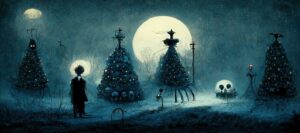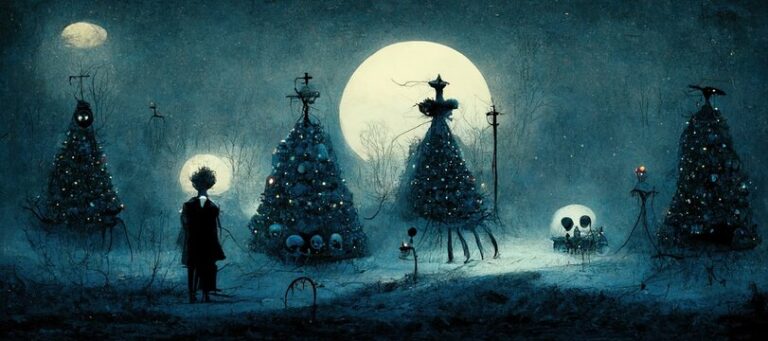Osamu Dazai (1909–1948) was a Japanese writer known for his deeply personal, existential, and often autobiographical fiction, and one of the most significant authors in modern Japanese literature.
A pen name for Shūji Tsushima, Osamu Dazai was born into a wealthy family in Kanagi and his life was marked by turmoil and tragedy, with a history of repeated suicide attempts, addiction, and personal struggles, all of which influenced his work. He lived during a period of great upheaval in Japan, witnessing the rise of militarism, World War II, and Japan’s postwar reconstruction. His most famous works reflect a deep sense of alienation, depression, and the challenges of modern existence, and I already knew this from his The Setting Sun (Shayō), a novel about the decline of an aristocratic family during World War II.
That was a long time ago, and I’m glad I didn’t ready No Longer Human (Ningen Shikkaku), back then: I come from a deeply Catholic, middle-class family, and topics such as neurodivergence or diversity in general weren’t welcome in my youth. I probably wouldn’t have had the intellectual tools to understand it.
Trigger warnings for alcoholism, drug addiction, rape and suicide
No Longer Human
No Longer Human was written in 1948, serialized in the Japanese magazine Tenbō from April to June of that year before being published in book form by Chikuma Shobō later that year. The novel was completed shortly before Dazai’s own suicide in June 1948, adding a haunting finality to the work. Dazai died just a few days after the last part of the novel was published in Tenbō.
And No Longer Human is deeply autobiographical, reflecting Dazai’s personal struggles with depression, addiction, and a profound sense of alienation from society. The novel is written in the form of a series of notebooks belonging to the protagonist, Ōba Yōzō, a man who feels disconnected from humanity since his earlier youth and who constantly fails to conform to societal expectations. Ōba’s character parallels Dazai’s own life experiences, particularly his feelings of inadequacy, isolation, and self-destructive tendencies, and many events in the novel closely mirror Dazai’s own life, including his complicated relationships, suicide attempts, and experiences with substance abuse. This connection between the author and the protagonist gives the novel a raw, confessional tone that will hit you in the guts.
The narrative starts with the author describing his childish terror at the total lack of understanding of how his fellow humans function, his adult efforts to hide his own lack of comprehension behind the mask of a buffoon, his dismay at reading the dissonance between what people say and what people do. This evolves into dysfunctional and disconnected relationships, particularly with women, and I’ve read reviews saying No Longer Human is filled with misogyny, and that might be true, but if that’s what you’re focusing on… we might have read a different book.
This is a book of excruciating intensity, dark and hopeless, that is really difficult to recommend.
Yet it is so wonderful that I hope everyone has the opportunity to read it—and hate it, if this is how they heal.
Dazai’s Innovation in Literature
Dazai’s work is often classified as I-novel (shishōsetsu), a genre in Japanese literature that features highly autobiographical fiction. However, Dazai took this form to new heights by blending his personal life with universal themes of despair, alienation, and moral ambiguity, making his narratives feel both intimate and broadly relatable. Deeply interested in the conflict between traditional Japanese values and modern Western influences, he writes characters that often grapple with the loss of identity and the meaning of existence in a rapidly changing world. This is particularly evident in The Setting Sun, where the narrative stems from social aspects, while No More Human is more focused on the inner workings of a disconnected man. Influenced by Western literature and philosophy, particularly existentialism, Dazai incorporated symbolic and existential themes into his work. He questioned the nature of humanity, the concept of sin, and the possibility of redemption. His character in No More Human struggles with feelings of inadequacy and guilt, trapped in a world he can’t understand or control. He delves into the darkest corners of the human mind, often drawing on his personal experiences with depression and suicidal thoughts, and I don’t say that lightly: if you’ve ever been depressed, he will hold a mirror into your very soul and you shouldn’t read it if you aren’t sure you’ll be able to sustain the sight. His writing style, marked by a confessional tone and raw emotion, brought an unflinching realism to the portrayal of mental anguish.
Dazai’s work has profoundly influenced subsequent generations of Japanese writers, and his ability to blend personal experience with broader social and existential questions laid the groundwork for many postwar and contemporary authors. Writers like Haruki Murakami and Banana Yoshimoto have acknowledged the impact of Dazai’s introspective style and existential themes on their own work.






No Comments